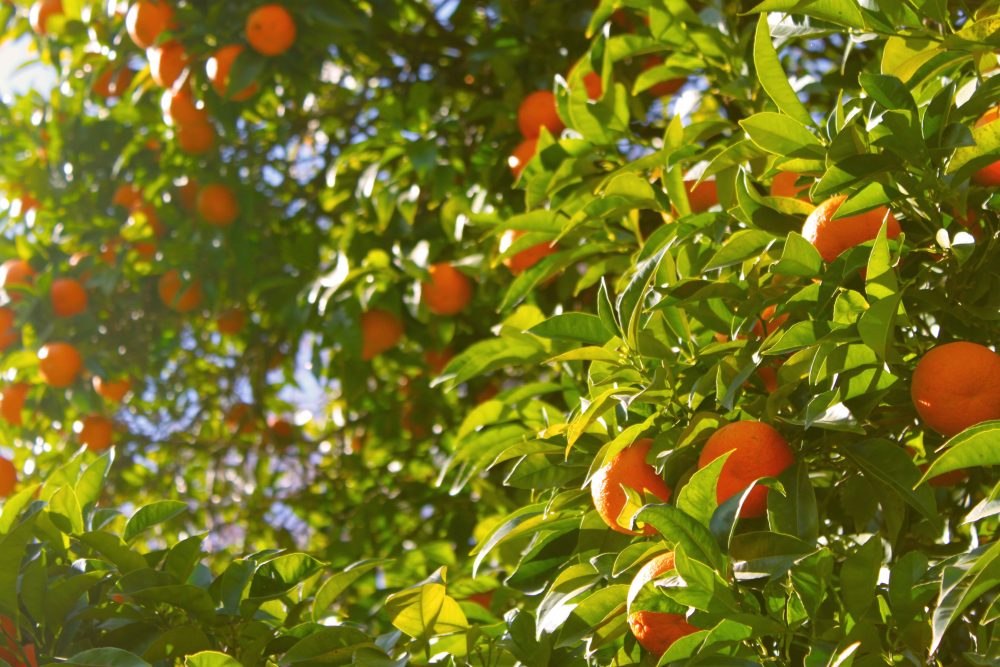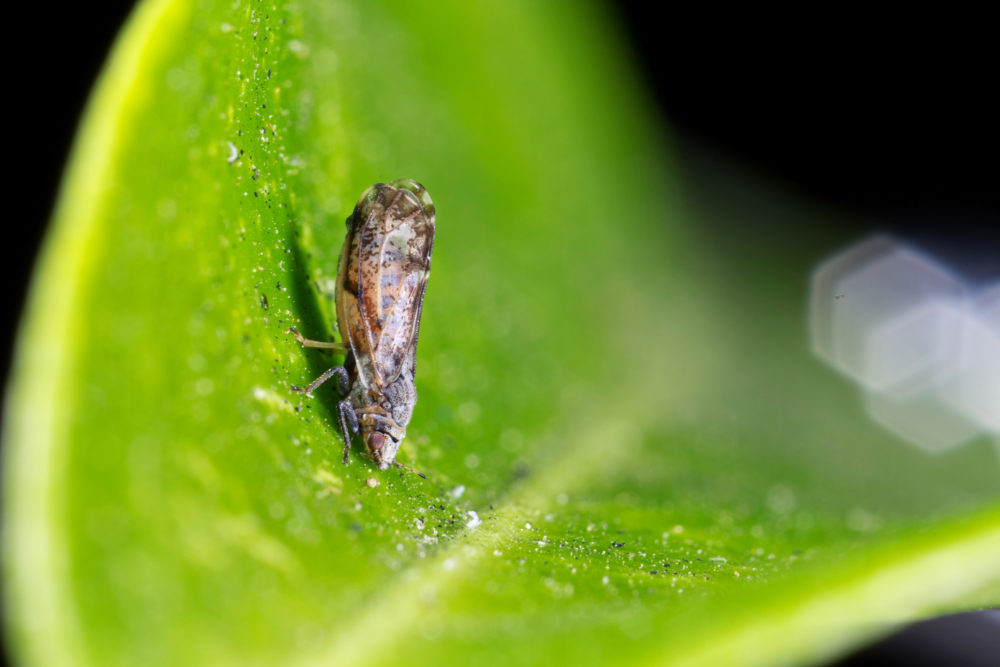Marcy Martin To Head Citrus Research Board
Martin Selected Following Year Long National Search
Marcy L. Martin was named today as the new president of the Citrus Research Board (CRB). The appointment was announced by CRB Chairman Dan Dreyer, who said that Martin was selected after a nearly year-long national search for the very best candidate to lead the organization.
Martin joins the CRB with more than 25 years of experience with California commodity organizations. She most recently served for 14 years as director of trade for the California Fresh Fruit Association (CFFA), where she advocated on behalf of the state’s fresh grape, blueberry, pomegranate and deciduous tree fruit production in governmental, legislative and policy issues. Prior to that, she had been controller of the California Apple Commission for ten years.
In 2015, then U.S. Department of Agriculture (USDA) Secretary of Agriculture Tom Vilsack appointed Martin to the Agricultural Technical Advisory Committee (ATAC) for Trade in Fruits and Vegetables. In his announcement, Vilsack said of those who were appointed, “They are an invaluable asset as we work to enact trade agreements and trade policies that deliver the greatest economic benefit for U.S. agriculture and for our nation as a whole.”
“California’s citrus growers, packers and shippers have demonstrated through their keen understanding that an industry must invest in sound research to meet the challenges of a constantly evolving environment, marketplace and consumer,” said Martin. “The Citrus Research Board, industry, staff and research community have stepped up to take on looming challenges, specifically huanglongbing, that have devastated citrus production within other regions, both domestically and globally. This is an area I am passionate about, and I look forward to bringing my experience in the technical and regulatory arena to the team.”
Dreyer said, “The Board is pleased to have Marcy Martin taking the helm of CRB. Her extensive experience with commodity organizations and local, state and federal regulatory agencies will be a key ingredient to the success of CRB projects and priorities. She comes to the CRB with extensive knowledge of fresh tree fruit production and the agricultural use of plant protection products. Our Board members were impressed by her dedication to and passion for agriculture.”
“The California citrus industry is an important economic contributor and an icon of the Golden State,” Martin said. “Citrus is part of our American and Californian agricultural footprint – a commodity we need to preserve and foster. I’m honored to be part of this continuing tradition.”
Martin officially will join the CRB on October 1 and will be based out of the CRB headquarters in Visalia, California. She will take the reins from Interim President Franco Bernardi.
“We cannot thank Franco enough for his dedicated service to the CRB throughout the past year,” said Dreyer. “He did an excellent job in guiding the organization through a challenging period, and the Board has been truly grateful for his leadership.”














 In a ingenious effort to control the spread of the psyllid, t
In a ingenious effort to control the spread of the psyllid, t






